By John Ahni Schertow • Dec 14, 2013 Source: Intercontinental Cry
With the sheer number of abuses and attacks that Indigenous Peoples face around the world, we don’t often come by stories of hope and resilience–stories that speak of long-fought struggles coming to a just end, peaceful exchanges between Nations who live in different parts of the world, and assertions of Traditional authority that governments and corporations simply accept without challenge or condition. Here’s a few of those stories that you might have missed over the past 12 months. Here’s to 25,000 more stories just like them!
An Ainu-Maori Exchange
A group of 7 Ainu youth, accompanied by 3 Ainu committee members and 3 interpreters, traveled to New Zealand in order to study the various ambitious endeavors of the Maori people who have successfully revitalized their rights as Indigenous People while living with strength in the society of New Zealand.
After successfully carrying out a major online fundraiser to pay for the journey, the Ainu–who are themselves struggling to revitalize their culture, language and identity–reported a very positive experience during their stay. As explored on theAinu Maori Exchange activity website, the Ainu learned a language teaching method called Te Ataarangi, sat down with the Maori Party-Whangaehu Marae, visited several Maori-based schools and businesses as well as television and radio stations and many different historical sites.
An Alternative Currency
Esquimalt First Nation, in an effort to reform the monetary system, unveiled a new barter currency on their territory known as Tetlas. Similar to a gift certificate, the Tetla was developed by the organization Tetla Tsetsuwatil to assist economic development in the S’amuna’ Nation and other native nations, and to encourage trade with non-natives and among non-natives. More than two dozen businesses now accept the alternative currency.
Indigenous millennium development goals
Colombia’s indigenous organizations revealed five new ‘millennium development goals’ (MDGs), presenting the world’s first national framework for realizing indigenous rights in response to the Millennium Declaration. The move challenged the country’s authorities to record their progress in meeting the new targets, which include the protection of indigenous territory; the implementation of free, prior and informed consent protocols and the ‘institutional redesign’ of the state in its relations with Indigenous Peoples.
Occupying Brazil’s House of Representatives
In Brazil, approximately 700 indigenous leaders occupied the country’s House of Representatives in a concerted effort to stop the nomination process for the Special Committee on PEC 215, a proposal that would transfer from the federal government to the National Congress the authority to approve the demarcation of traditional lands. Despite a heavy-handed response from police officers and security personnel, the Indigenous leaders held their ground until the government representatives took appropriate action.
The little school of liberty
Thousands of people from around the world descended on Chiapas for the Zapatistas’ first organizing school, called la escuelita de libertad, which means the little school of liberty. Originally the group allotted for only 500 students; But so many people wished to enroll that they opened an additional 1,200 slots for the week-long school. While attending the escuelita, students lived with a family in a rebel zapatista community and participated both in the school and in the daily life of the community.
This year, the EZLN also announced the creation of a traveling Indigenous seminar to provide a forum “in which the Indigenous Peoples of the continent can be heard by those who have an attentive and respectful ear for their word, their history, and their resistance.” The announcement was supported by more than 30 Indigenous organizations and governments.
In Defense of Medicine
The Matsés Peoples, in order to protect the medicines from bio-prospectors, decided not to translate their Traditional Medicine Encyclopedia to English or Spanish. The Matsés are writing the Encyclopedia in order to preserve and propagate their traditional systems of medicine for future generations–of Matsés.
“Original Nations” passports
An historic ceremony was held outside the Victorian Trades Hall in Melbourne, Australia for the issuing of “Original Nations” passports and West Papuan visas in conjunction with the West Papua Freedom Flotilla. The flotilla convoy would go on to travel from Lake Eyre to West Papua, highlighting the abuse of human rights and land rights occurring in West Papua and reconnecting the Indigenous Peoples of West Papua and Australia.
Assertions of Authority
Red Sucker Lake First Nation delivered a stop work order to Mega Precious Metals Inc. in Northern Manitoba. The First Nation stated at the time that the company was operating illegally in its traditional territory. Mathias Colomb First Nation (MCCN) issued a similar order to Hudbay Mining and Smelting Co., Ltd. also in Manitoba.
An independent republic
The Murrawarri Peoples took their first steps toward becoming an independent republic on their traditional unceded lands in northern New South Wales and Queensland, Australia. After issuing a formal declaration, The Murrawarri established an interim government in preparation for a parliament that would consist of 54 representatives appointed by their respective ancestral family groups. The Murrawarri Nation’s act of self-determination caught the attention of at least 27 other Indigenous Nations in Australia who requested Murrawarri’s declarations and constitution to use as templates for their own independence movements.
The Tahltan said NO
The Tahltan People celebrated a decision by Fortune Minerals’ to halt mineral exploration activities on Klappan Mountain inside the Sacred Headwaters region of Northern British Columbia, Canada. The decision came after several bold actions led by the Klabona Keepers including the delivery of an eviction notice, a blockade and the take over of a drilling site.
Honouring the Two Row
A delegation of Haudenosaunee leaders traveled to the Netherlands on Haudenosaunee passports to participate in a ceremony honoring the 400 year old Two Row Wampum Treaty between the Haudenosaunee Confederacy and The Netherlands. The ceremony was held at the Tree of Peace which was planted by the late Mohawk elder Jake Swamp at Wijkpark Transvaal in The Hague in September 2006.
A pilgrimage of hope
Offering solidarity to Indigenous Nations, five Carvers from the Lummi Nation set out on a journey up the Pacific North West Coast sending a message of Kwel’Hoy, or ‘We Draw The Line’ to the resource extraction industry. With them, lain carefully on a flat bed, the Lummi carried a beautifully-carved 22-foot cedar totem pole for Indigenous communities to bless along the way. Their journey gained international attention as a pilgrimage of hope, healing and determination for each of the embattled Indigenous Nations they visited.
A summit of Indigenous communication
The Second Continental Summit of Indigenous Communication was held in Santa Maria Tlahuitoltepec, in the Sierra Norte of Oaxaca, Mexico. The important summit brought together indigenous media makers from various countries in Latin America to share their ideas and experiences and to continue planning the future of Indigenous multimedia communications.
A return to the land
Ontario’s Springwater Provincial Park became the site of a new land reclamation after Ontario Parks took down its flagand changed the park’s status to non-operational–due to low visitation and funding. A small group of people from several Indigenous nations set up a camp inside the park land, exercising Article 26 of the United Nations Declaration of Indigenous Peoples, concerning the right to lands and resources that were once traditionally occupied. It is the group’s goal to see Springwater as an educational and spiritual centre. So far, they’ve held full moon and drumming ceremonies, children’s programming and feasts.
Meanwhile, the Oshkimaadiziig Unity Camp continued to occupy nearby Awenda Provincial Park , an action that began, says camp spokesperson Kai Kai Kons,”as a result of the illegal surrenders of our inherent rights and traditional territories along with the policies and laws enforced upon our people where the Chippewa Tri Council and Canada are in breach of the 1764 Niagara Covenant Chain Belt.” The group, part of a growing movement called ACTION — Anishinabek Confederacy To Invoke Our Nationhood, states that Awenda Provincial Park is situated on one of five traditional embassies known as Council Rock which is interwoven in the inter-tribal treaty between the Anishinabek and Haudenosaunee.
Other camps were set up throughout the year, including by theThe Lac Courte Oreilles band of Ojibwa in northern Wisconsin and
The Algonquins of Barriere Lake within La Verendrye Wildlife Reserve in Quebec. The well-known Unist’ot’en camp also continued their work to protect sovereign Wet’suwet’en territory in what is now British Colombia.
Coming together as Nations
Evading the Indonesian navy, two tiny boats met near the Australia-Indonesia border to ceremonially reconnect the indigenous peoples of Australia and West Papua. The ceremony was the pinnacle of a 5000km journey beginning in Lake Eyre, in which sacred water and ashes were carried and presented to West Papuan leaders. The cultural exchange of Indigenous elders was held in secret, due to threats made by Indonesian government ministers and military officials who had stated that they would “take measures” against the peaceful exchange.
Another welcomed victory
Two Indigenous communities from northern Saskatchewan were finally dropped from the Nuclear Waste Management Organization’s nuclear waste dump shortlist. After several years of grassroots resistance spearheaded by the Committee for Future Generations and supported by other organizations, it was announced on Nov. 21 that both communities were unsuitable for further study.
The Saami step forward
The Saami Peoples stepped forward to defend an area of great spiritual and cultural importance. Walking alongside a group of non-indigenous activists, the Saami set up a roadblock to stop the UK-based mining company, Beowulf, which was planning to carry out a drilling program in the area known as Kallak (Saami: Gállok). The blockade was dismantled on several occasions; however, that did not deter anyone from continuing to defend the land. Ultimately, the Saami and their allies were victorious in preventing Beowulf from moving ahead.
The law of the Messi
A Messi villager in Papua New Guinea put up a “gorgor” at Nautilus’ proposed Solwara 1 experimental seabed mining project site. As a traditional law, the “gorgor protocol” prohibits any Ships or vessels by Nautilus from entering into the area that is protected by the “gorgor”. If Nautilus breaches this area and enters illegally, the Messi “have ALL the right under kastom to destroy the vessels or ship,” commented Karabuspalau Kaiku on facebook.
“Elders and villagers from adjoining villages have caution[ed] the National Government to critically address the issue from the bottom up. Traditional law over the environment must be respected by foreigners,” Kaiku adds.
Preserving history
The Eastern Band of Cherokee Indians (EBCI) and the Land Trust for the Little Tennessee (LTLT) celebrated the final return of the Hall Mountain Tract to tribal hands. Hall Mountain, a 108-acre tract of land, is the viewshed of the historic Cowee Mound site located six miles south of Franklin. The Mound, a site of great cultural significance to the Tribe, was the largest, busiest diplomatic and commercial center for the Cherokee people and all Native people on the East Coast until the late 1700s.
A place called PKOLS
WSÁNEC nations lead an action to reclaim the traditional name of PKOLS on what is now southern Vancouver Island. Originally known as Mount Douglas, PKOLS is an historically important meeting place and a part of the WSÁNEC creation story. The Douglas Treaty was signed atop PKOLS in 1852. The action to reclaim the name, which signified the renewal of the original nation-to-nation treaty relationship, included a march and a re-enactment of the original treaty signing with governor James Douglas. A joint Declaration reclaiming PKOLS was also signed and a permanent sign was installed.
Defending the Great Lakes
After years of community opposition, the controversial plan to ship radioactive waste across the Lakes and the Atlantic Ocean to Sweden was officially cancelled by the Swedish company, Studsvik. In a rare show of unity, opponents to the plan included City mayors, U.S. Senators, environmental and nuclear groups, indigenous communities and other civil society groups.
We won’t be silenced!
The Oglala Lakota passed a resolution opposing the proposed Otter Creek coal mine and Tongue River Railroad in their historical homelands of southeastern Montana. The Oglala Lakota have thus far been excluded from any consultations despite the fact that the proposed mine site is an area of great cultural and historical significance containing countless burial sites, human remains, battle sites, stone features and artifacts. In addition to calling for proper consultation, the Oglala Lakota called on all Tribal Nations who signed the Fort Laramie Treaty to stand with them in opposing the mine and railroad.
A bittersweet victory
The Musqueam finally managed to bring a certain end to the months-long struggle to stop a condominium development atop the ancient village of cusnaum. The Musqueam recentlyworked out a deal to buy and preserve the site, also known as Marpole Midden, in Vancouver, British Columbia. After 18 months of talks, community members announced plans to place permanent educational signage on the archaeological site, and likely commission several carved poles to honor the more than 4,000-year-old village.
Sitting at a different table
As United Nations delegates gathered in Warsaw to craft a global climate treaty, indigenous leaders from across North America met half a world away. Their message: The solution to climate change will never come via UN talks. The United Nations has always maintained a typical colonial stance when it comes to Indigenous Peoples and land; nevertheless the institution deserved a chance to prove itself. It simply failed to do the necessary work, a failure that we can no longer afford to ignore. “The work that we have is for all of us to do,” said Vickie Downey, a clan mother at the Tesuque Pueblo in New Mexico. “We do this for our grandchildren.”
Turning back the tide of colonialism
With the Idle No More movement in Canada waking up a sleeping giant, a second movement began to take shape known as the Indigenous Nationhood Movement. A movement for “Indigenous nationhood, resurgence, and decolonization”, INM has grown into a vast circle of people connected through commitments to principled action supporting Indigenous nations in advancing, articulating, reclaiming, expressing, and asserting nationhood, raising up traditional governments, and reclaiming and reoccupying traditional homelands. Like the Idle No More movement, INM is an immensely inspiring effort and one that shows great promise for the long road ahead. Indeed, Indigenous Peoples in Canada have once again set a strong example for all other Indigenous Peoples around the world, particularly those who have suffered the harsh burden of isolation and uncertainty in facing an all-too-familiar colonial beast.









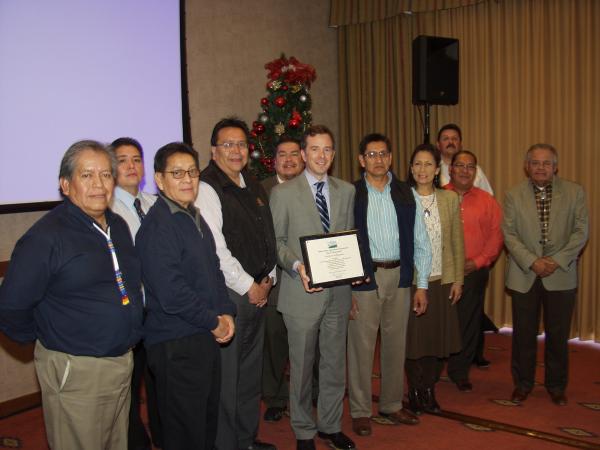


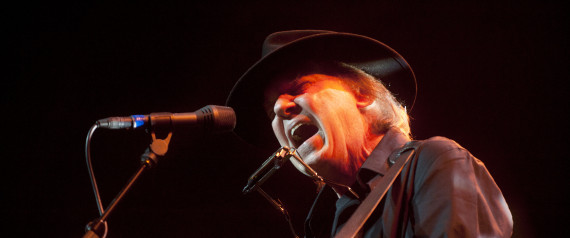
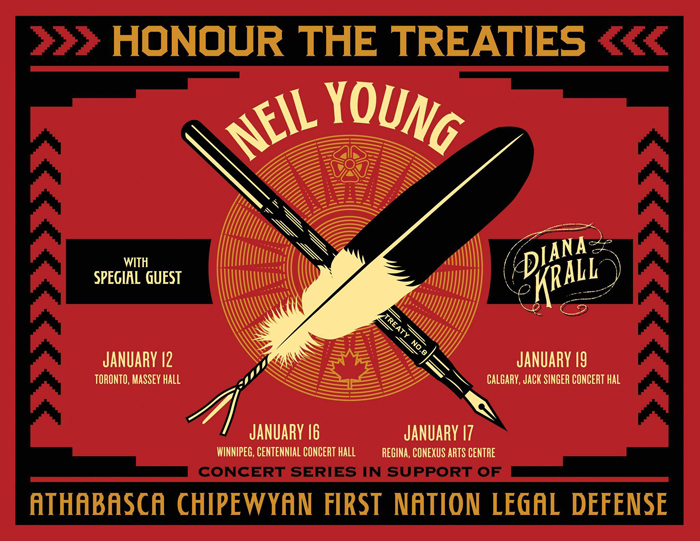

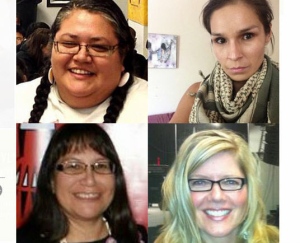 Derrick on December 10th 2013
Derrick on December 10th 2013 
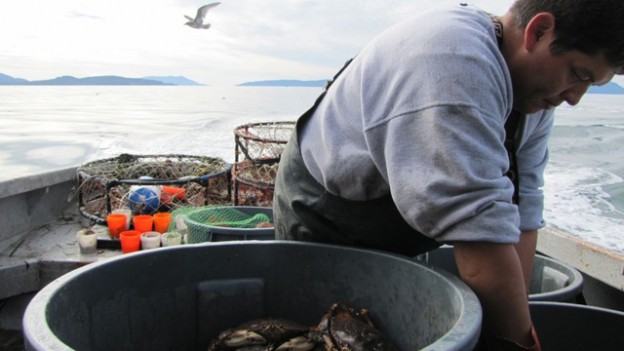

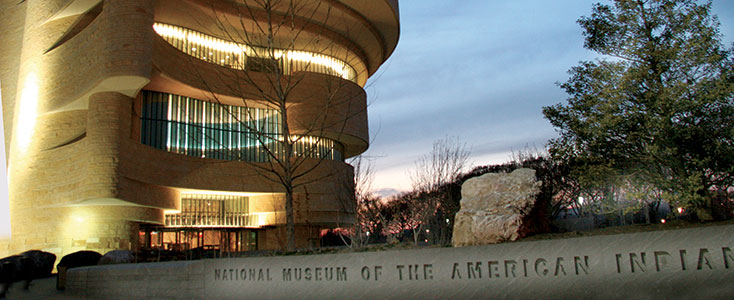

 These Hopi masks were auctioned on Monday
These Hopi masks were auctioned on Monday